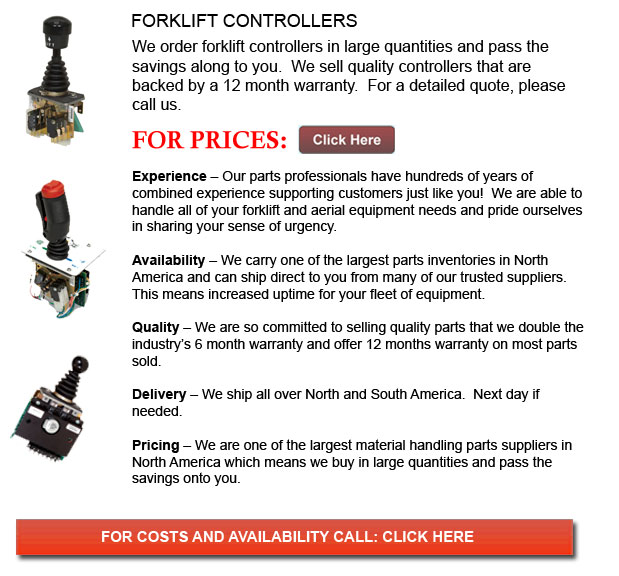
Forklift Controller - Lift trucks are obtainable in a wide range of load capacities and various models. Nearly all lift trucks in a regular warehouse setting have load capacities between 1-5 tons. Larger scale units are utilized for heavier loads, like for example loading shipping containers, may have up to 50 tons lift capacity.
The operator can make use of a control in order to raise and lower the blades, that are likewise called "forks or tines." The operator could also tilt the mast in order to compensate for a heavy load's tendency to tilt the blades downward to the ground. Tilt provides an ability to function on uneven surface too. There are yearly contests for skillful lift truck operators to contend in timed challenges and obstacle courses at local forklift rodeo events.
All forklifts are rated for safety. There is a specific load limit and a specific forward center of gravity. This vital info is provided by the maker and situated on the nameplate. It is important loads do not go over these details. It is illegal in many jurisdictions to tamper with or take out the nameplate without obtaining consent from the forklift manufacturer.
Most forklifts have rear-wheel steering in order to increase maneuverability within tight cornering conditions and confined spaces. This type of steering differs from a drivers' initial experience with various vehicles. Because there is no caster action while steering, it is no needed to use steering force so as to maintain a continuous rate of turn.
Instability is one more unique characteristic of lift truck use. A constantly varying centre of gravity takes place with each and every movement of the load between the forklift and the load and they need to be considered a unit during utilization. A lift truck with a raised load has centrifugal and gravitational forces which could converge to lead to a disastrous tipping mishap. To be able to avoid this from happening, a lift truck must never negotiate a turn at speed with its load raised.
Lift trucks are carefully built with a certain load limit for the forks with the limit decreasing with undercutting of the load. This means that the cargo does not butt against the fork "L" and will lower with the elevation of the fork. Normally, a loading plate to consult for loading reference is located on the lift truck. It is dangerous to utilize a forklift as a worker lift without first fitting it with certain safety equipment like for instance a "cherry picker" or "cage."
Lift truck use in distribution centers and warehouses
Essential for any distribution center or warehouse, the forklift needs to have a safe surroundings in which to accommodate their efficient and safe movement. With Drive-In/Drive-Thru Racking, a lift truck must go in a storage bay that is several pallet positions deep to set down or get a pallet. Operators are usually guided into the bay through rails on the floor and the pallet is positioned on cantilevered arms or rails. These tight manoeuvres require skillful operators in order to complete the job efficiently and safely. As each pallet needs the truck to enter the storage structure, damage done here is more frequent than with other types of storage. If designing a drive-in system, considering the size of the tine truck, including overall width and mast width, need to be well thought out to ensure all aspects of a safe and effective storage facility.
![]() Click to Download the pdf
Click to Download the pdf
Forklift Parts
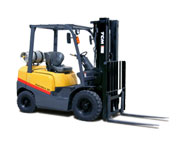
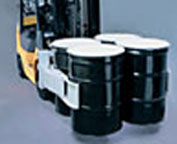
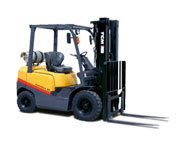
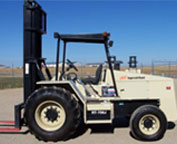
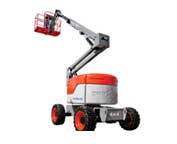
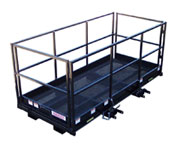


Lift Parts Express
TOLL FREE: 1-888-695-7994
LOCAL: 408-916-4659
7052 Santa Teresa Blvd.
San Jose, California
forkliftpartssanjose.com
Email Us
About Us


